Maximize your touchless faucet’s battery life with a few easy habits. These faucets offer convenience and hygiene, but they need a good power source.
When batteries die quickly, it can be annoying and disrupt your routine. The good news? Extending battery life is simple if you follow the right steps.
In this post, we’ll share practical tips to help you get the most from your faucet’s batteries. This will save you time, money, and hassle.
Whether you’re installing a new faucet or maintaining an old one, these strategies will help it run smoothly and efficiently.
Choose the Right Batteries
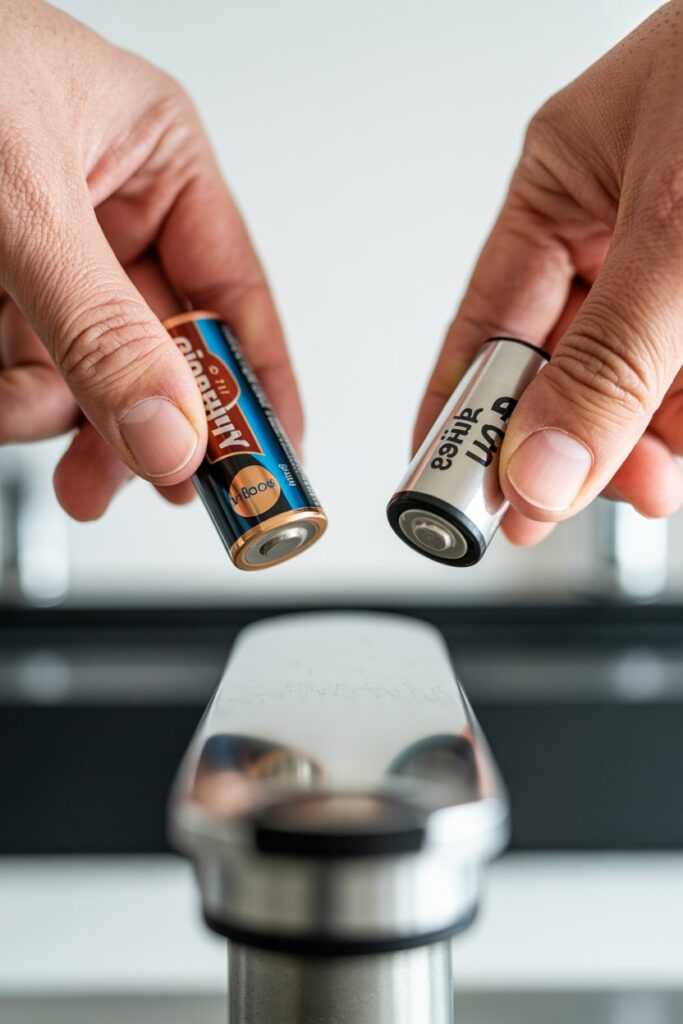
Using the right batteries for your touchless faucet is key. Check the faucet’s manual for recommended batteries. This ensures the best performance and longer battery life.
Different faucets may need different battery types. Some work better with alkaline batteries, while others need lithium ones. Always follow the manufacturer’s advice for the best results.
Change the batteries regularly to avoid disruptions. Keeping spare batteries handy ensures your faucet keeps working smoothly.
Discover top touchless faucet battery savers available now on Amazon
Regularly Check Battery Compartment
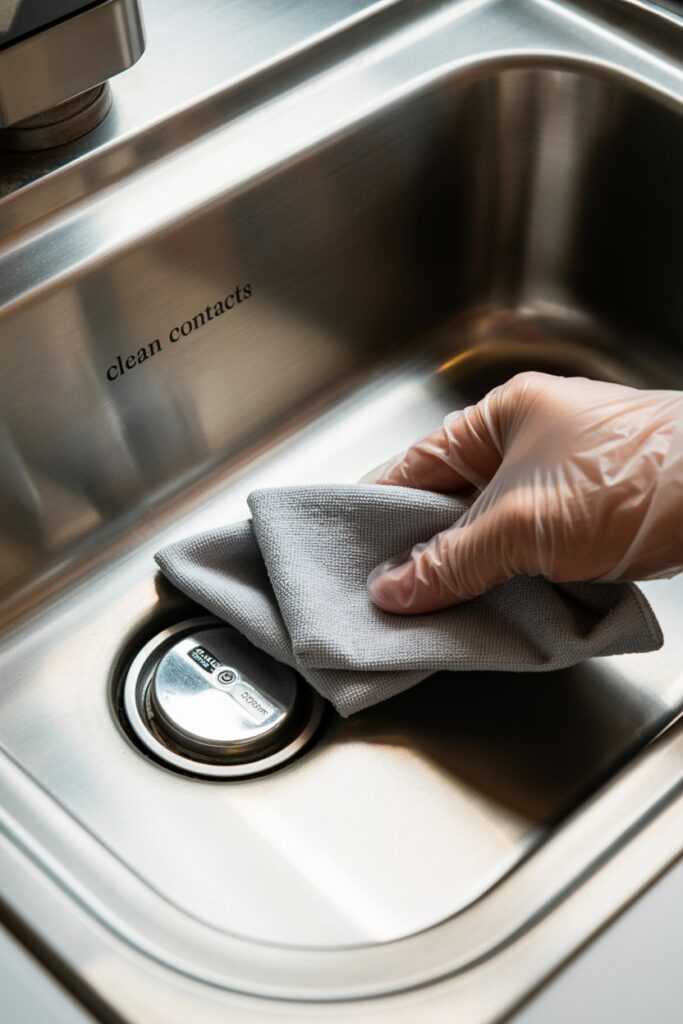
Inspect the battery compartment for signs of corrosion or leaks. Regular cleaning helps prevent damage and extends your touchless faucet’s life. This easy step can save you from costly repairs later.
Check the battery compartment often to ensure it’s in good condition. Look for leaks or rust that can affect performance. Keeping it clean helps your touchless faucet work smoothly and reliably.
Maintain the battery compartment to support your faucet’s battery life. Wipe away dirt or moisture that may build up. This routine check can help you avoid unexpected faucet issues.
Turn Off When Not in Use
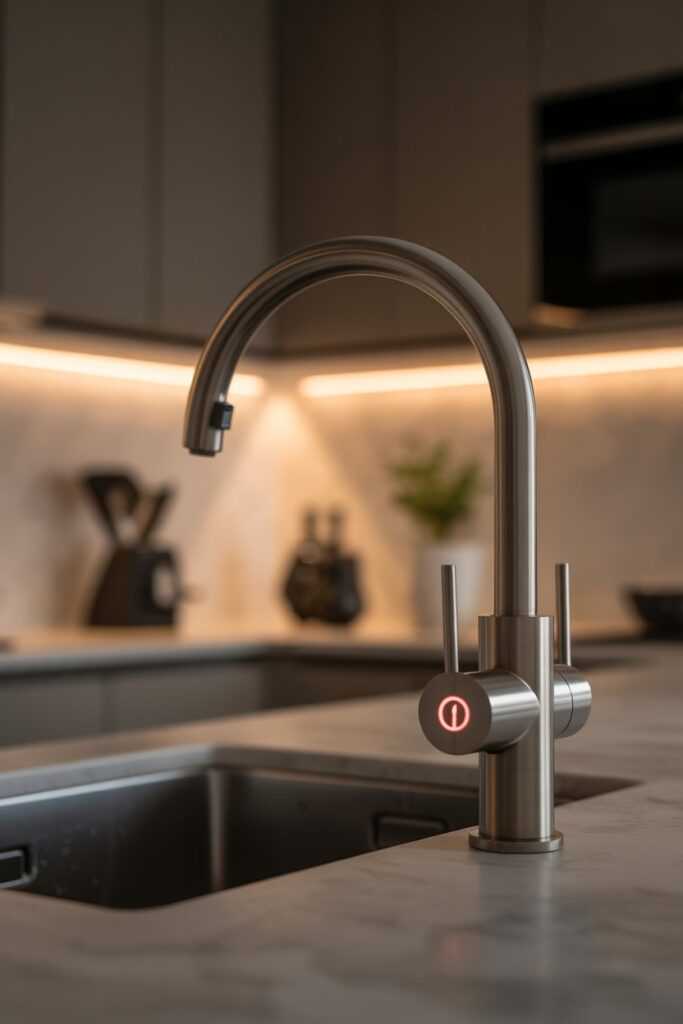
Turning off the faucet when not in use can extend its battery life. This easy step can make a big difference, especially in busy households.
If your model allows it, consider adding a manual override switch. This gives you more control and saves battery power when touchless use isn’t needed, like during cleaning.
Using your touchless faucet wisely can prevent frequent battery changes. Always make sure it’s off when not needed. Educate all family members on this practice to boost battery efficiency and lifespan.
Shop reliable touchless faucet accessories today and extend battery life on Amazon
Adjust Sensor Sensitivity
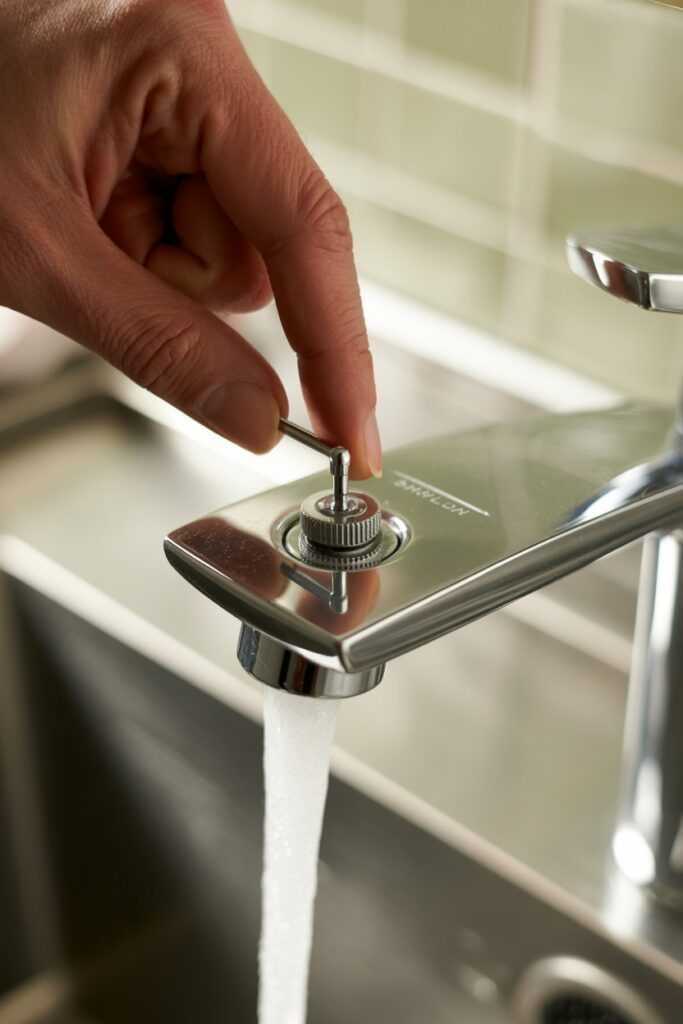
Adjusting your touchless faucet’s sensor sensitivity can cut down on unwanted activations. This saves battery power, so you won’t need to replace the batteries as often.
By fine-tuning the sensor, you can prevent accidental triggers from pets or small movements. This way, the faucet only turns on when needed, helping the battery last longer.
Check your faucet’s manual for instructions on adjusting the sensor. The right settings can greatly extend your touchless faucet’s battery life.
Keep Sensor Area Clean
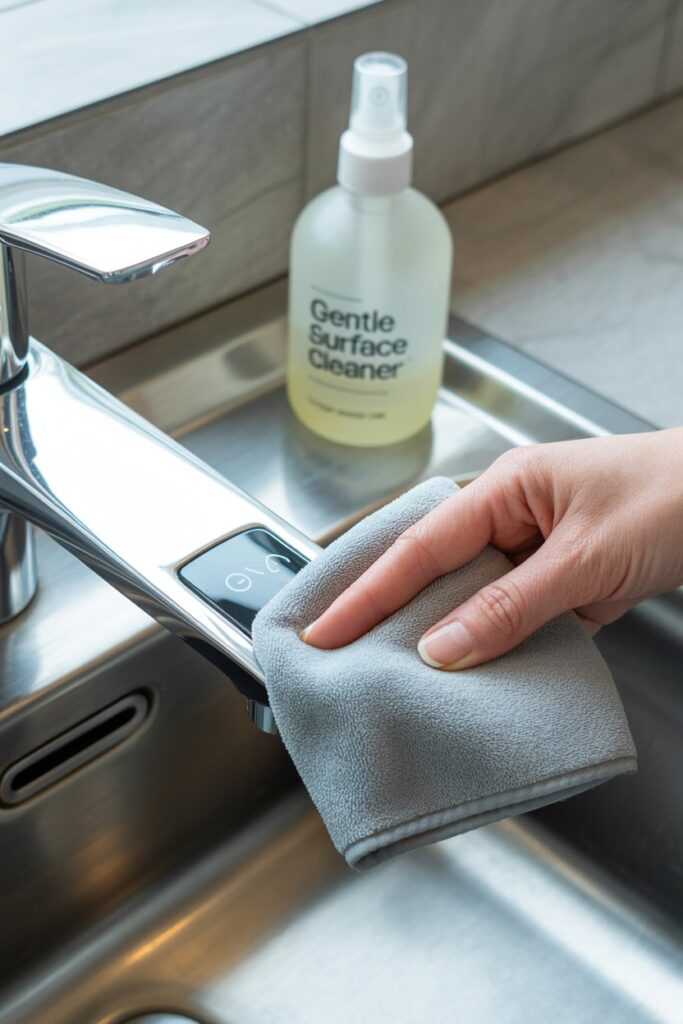
Dust and dirt can block your touchless faucet’s sensor. This can cause it to malfunction. To keep it working well, wipe the sensor area with a soft cloth regularly. This small habit can help extend the battery life.
A dirty sensor may waste water since it won’t detect your hand movements correctly. Cleaning the sensor often ensures the faucet works efficiently. This saves water and helps the battery last longer.
Regularly maintaining the sensor area prevents build-up that can interfere with function. Keeping it clean ensures smooth operation and may enhance battery life, making daily use easier.
Check these recommended touchless faucet essentials directly on Amazon
Use High-Quality Batteries
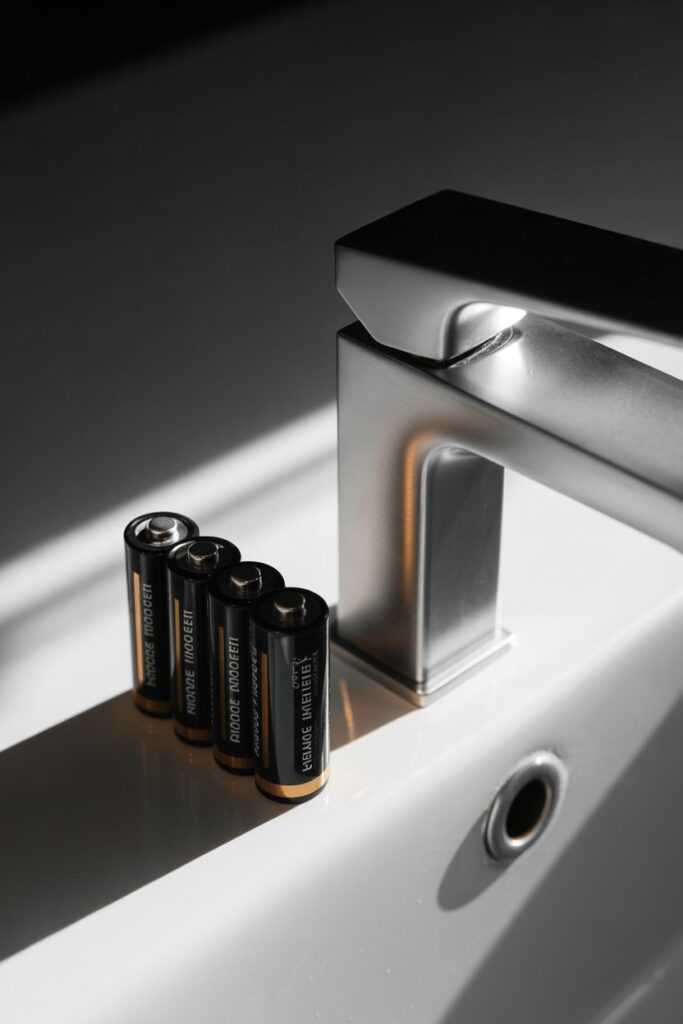
Choosing high-quality batteries means your touchless faucet runs longer and more reliably. Cheaper batteries drain faster, leading to frequent changes and hassle.
Good batteries meet the power needs of touchless faucets, ensuring steady performance. This results in fewer interruptions and a better user experience.
While investing in quality batteries seems pricey at first, it saves money over time. You’ll spend less on battery replacements and maintenance.
Optimize Water Temperature
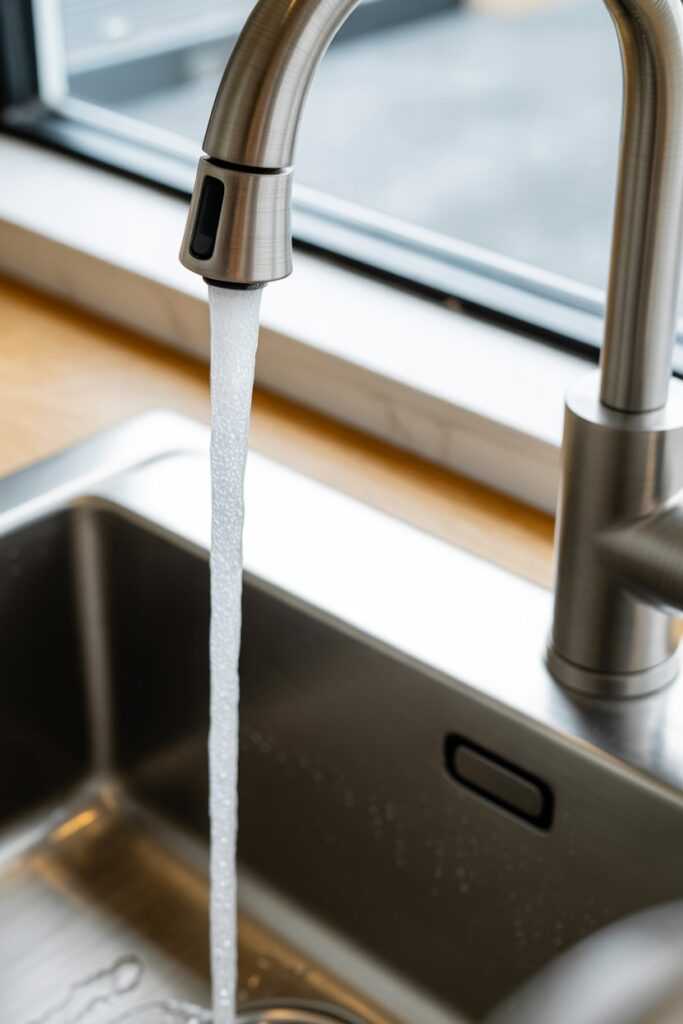
Setting your touchless faucet’s water temperature to a moderate level can lighten the battery’s workload. This helps it last longer, reducing battery replacements and maintenance costs.
By keeping the water temperature moderate, you save energy and enjoy a smoother water flow. This makes your faucet experience better and boosts its reliability.
A moderate water temperature also prevents wear and tear on your faucet. This can extend its life and avoid problems, keeping it in great condition longer.
Check for Firmware Updates
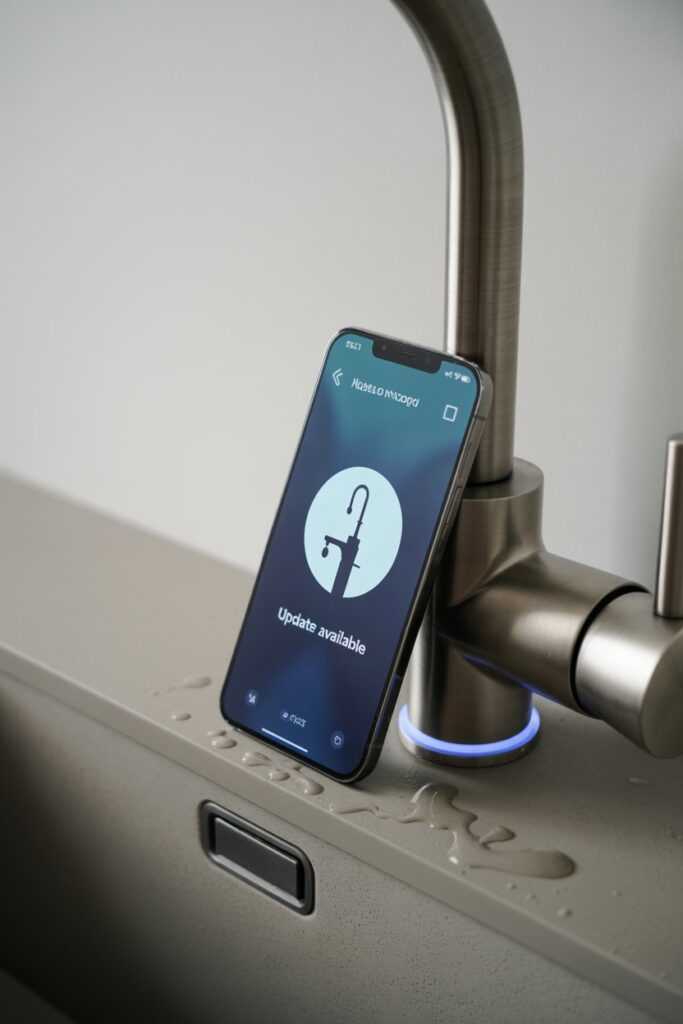
Some touchless faucets can receive firmware updates to save battery life. Check your manufacturer’s website often for updates that improve performance.
Manufacturers release updates to fix bugs or enhance functionality. Keeping your faucet’s firmware current ensures it runs efficiently and uses less battery.
Regular firmware updates can boost functionality and extend battery life. Always refer to the manufacturer’s site for the latest updates and installation instructions.
Minimize Use of Hot Water

Using hot water in touchless faucets uses more energy and drains batteries faster. Choose cold or lukewarm water to extend battery life. This simple change can save energy and help your faucet work better.
Hot water puts extra strain on touchless faucets, leading to quicker battery loss. Sticking to cooler water can keep the battery going longer and the faucet running smoothly.
Using cold or lukewarm water is better for your faucet’s battery and saves energy. Cutting back on hot water can lower your energy bills and reduce environmental impact. It’s a smart choice for your wallet and the planet.
Install a Battery Backup
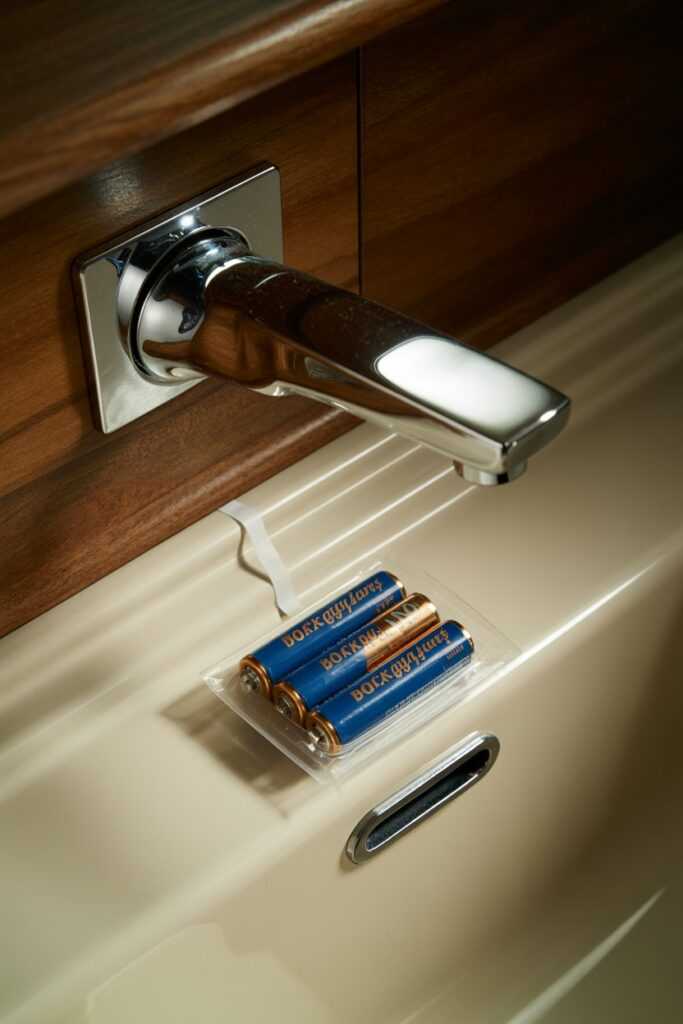
A battery backup system keeps your touchless faucet running when the main batteries die. This way, you won’t lose the convenience of your faucet during a power outage.
Installing a battery backup is easy and can be a DIY project for most homeowners. You just connect a secondary battery pack to your existing faucet system. This provides a reliable power source.
Regularly check and replace the batteries in your backup system. This keeps your touchless faucet working smoothly. This simple task can prevent unexpected issues and extend your faucet’s battery life.
Monitor Usage Patterns
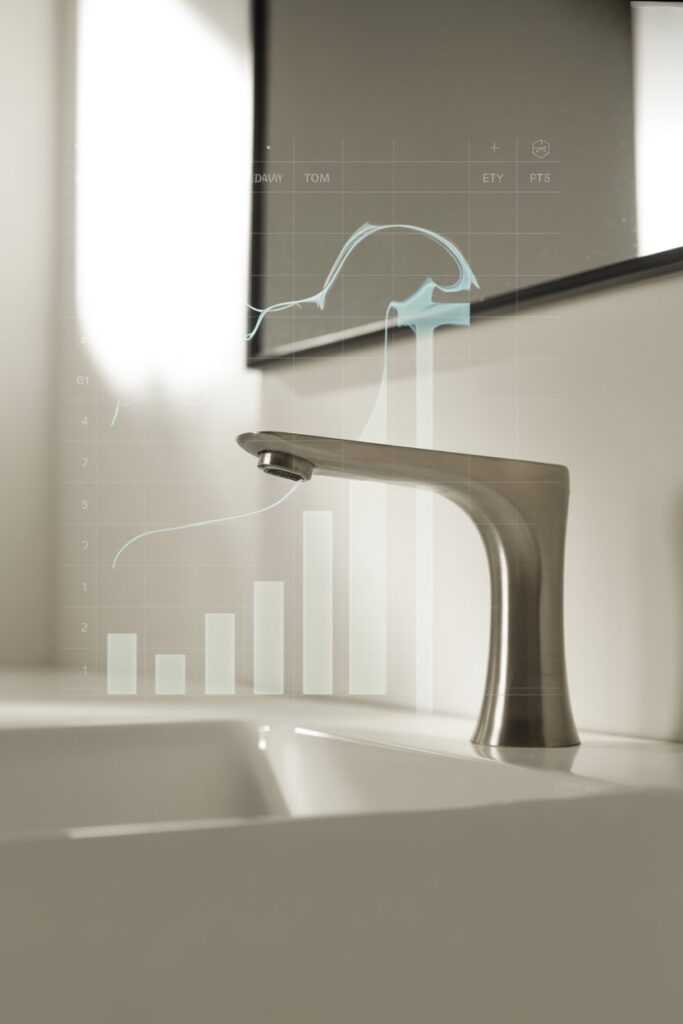
Keep track of how often you use your touchless faucet. This can help you spot any unusual usage that drains the battery faster. Regular checks ensure your faucet runs well and prevent unexpected battery changes.
By noting when your faucet is used most, you can see if there are any sudden spikes in activity. This helps you find out if the faucet triggers accidentally, wasting battery life.
Watching for patterns in usage can also reveal problems, like leaks or malfunctions. Consistent monitoring keeps your faucet performing well and extends battery life, saving you time and money on repairs.
Replace Batteries Timely
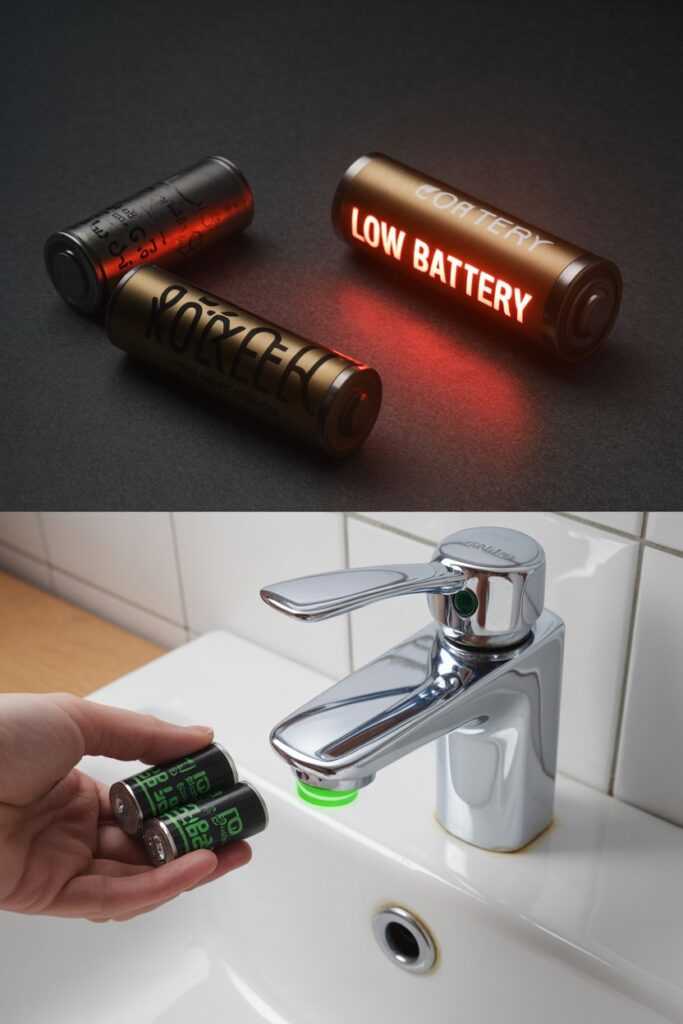
Touchless faucets use batteries to operate. Waiting until the batteries die can cause issues. Regularly changing the batteries keeps the faucet running smoothly and efficiently.
Changing the batteries before they run out helps maintain performance. Fresh batteries ensure the sensors and other parts work well, giving you reliable use each time.
Replacing batteries on a set schedule prevents the hassle of a non-working faucet. By tracking when you last changed them, you can avoid dealing with a faucet that suddenly stops due to dead batteries.
Avoid Frequent On-Off Cycles
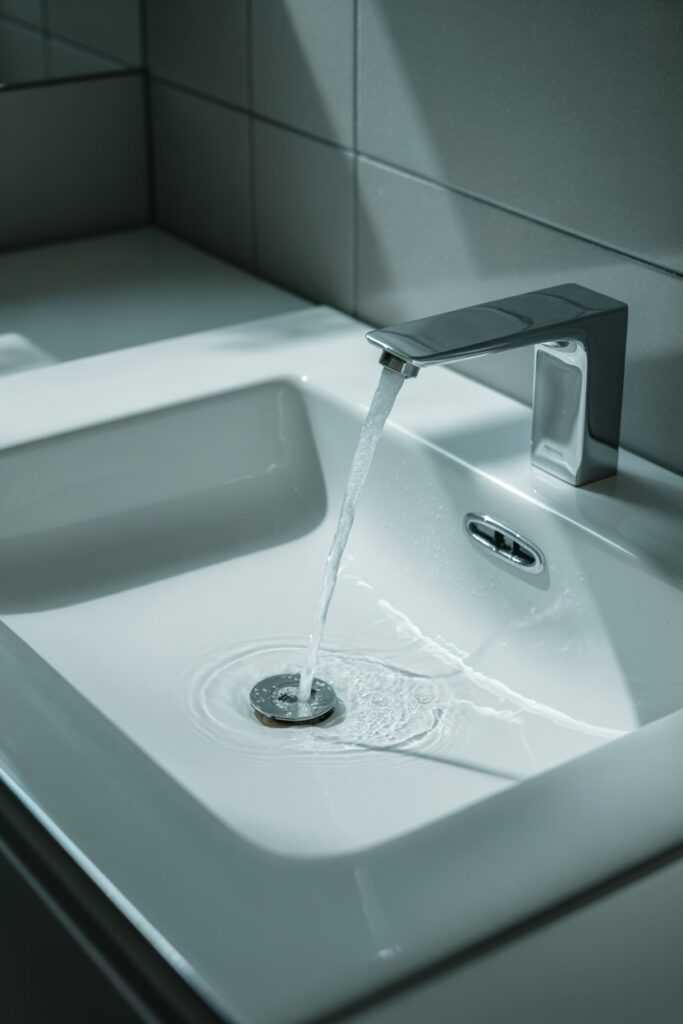
Turning your touchless faucet on and off too much can drain its battery quickly. To make the battery last longer, keep the faucet on for the time you need. This way, you won’t turn it off and on repeatedly.
Using your touchless faucet wisely saves battery life. Instead of switching it off and on many times, try to finish your tasks in one go. This reduces sensor activations and helps conserve battery.
Frequent use of your touchless faucet can deplete the battery faster. To extend its life, combine tasks that need water. This cuts down on sensor activations and keeps the battery going longer.
Store Batteries Properly
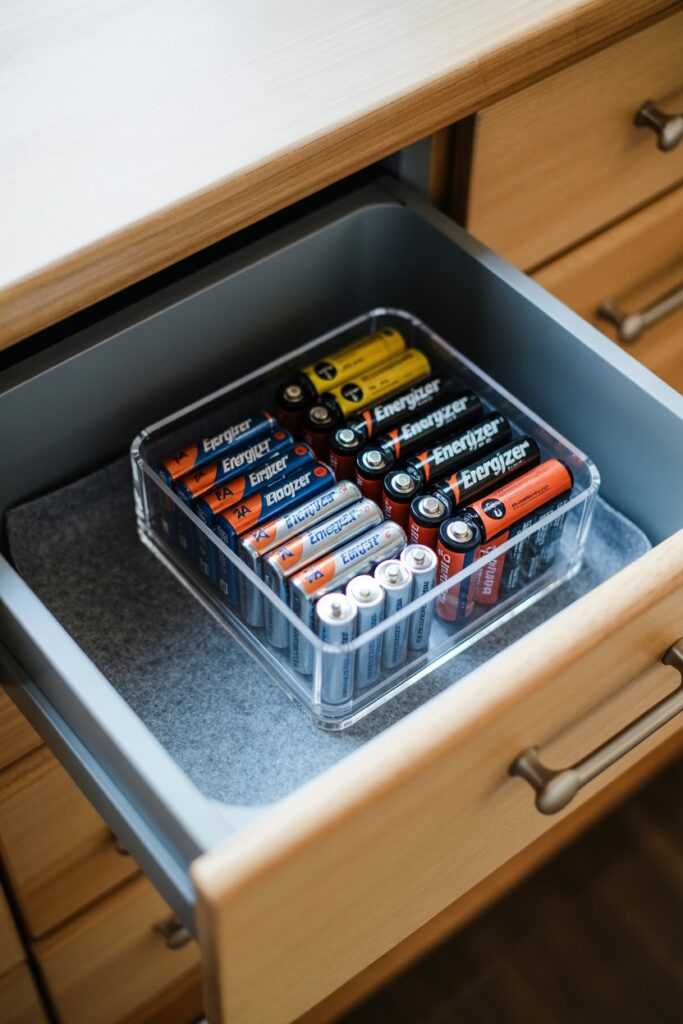
To make your touchless faucet batteries last, store them in a cool, dry place. Avoid extreme temperatures, as heat and moisture can shorten battery life.
When keeping spare batteries, use the original packaging or a plastic container. This keeps them from touching, reducing the risk of short circuits and leaks.
Regularly check stored batteries for any damage or leaks. Spotting issues early helps maintain performance and ensures they are ready when you need them.
Regular Maintenance

Check your touchless faucet regularly to find problems early. This helps prevent quick battery drain and keeps it working well. Make it a habit to inspect the sensor and clean away any debris.
Keeping your touchless faucet clean can boost battery life. Dirt or grime can block the sensor, making it use extra power. Wipe down the faucet and sensor area often.
Replace the batteries in your touchless faucet when needed. Using high-quality batteries is also important. Watch how the faucet performs and change the batteries if you see any drop in efficiency.
Conclusion
Follow these 15 tips to extend your touchless faucet’s battery life. This will help it perform well for a longer time.
Regular maintenance and careful use can lower how often you need to replace the battery. This saves you both time and money. A well-maintained touchless faucet offers convenience and helps conserve water and energy.
How Long Do Batteries Last in a Touchless Faucet?
Most touchless faucets last 6 months to 2 years on batteries. This depends on usage and quality.
Heavy use can shorten their life, but proper maintenance helps. Regularly cleaning the sensor and using good batteries can also extend their lifespan.
What Type of Batteries Work Best for Touchless Faucets?
High-quality alkaline or lithium batteries work best for touchless faucets. Always check your faucet’s manual for recommendations.
Premium batteries cost more, but they offer steady power and a longer lifespan than cheaper options.
Can I Use Rechargeable Batteries in a Touchless Faucet?
Some faucets support rechargeable batteries, but many do not. Rechargeables have lower voltage and can cause issues.
If your faucet allows them, use the recommended type to prevent sensor problems.
Why Is My Touchless Faucet Draining Batteries Quickly?
Frequent activations, dirty sensors, and incorrect battery types are common issues. High water temperature settings can also stress the system.
Regular cleaning and proper sensor sensitivity settings can help reduce battery drain.
How Do I Know When My Faucet Batteries Need Replacing?
Many faucets show low-battery warnings with blinking lights or less sensitivity. If your faucet stops responding or works inconsistently, replace the batteries.
Keeping spare batteries nearby helps avoid unexpected downtime.
